- The combined company will bring together unmatched capabilities, including the industry’s deepest bench of marketing talent, and the broadest and most innovative services and products, underpinned by the most advanced sales and marketing platform
- Together, Omnicom and Interpublic will be strongly positioned for continued growth in the new era of marketing
- The transaction is expected to be accretive to adjusted earnings per share for both Omnicom and Interpublic shareholders
NEW YORK, December 9, 2024 – Omnicom (NYSE: OMC) and The Interpublic Group of Companies, Inc. (NYSE: IPG) (“Interpublic”) today announced their Boards of Directors have unanimously approved a definitive agreement pursuant to which Omnicom will acquire Interpublic in a stock-for-stock transaction. The combined company will bring together the industry’s deepest bench of marketing talent, and the broadest and most innovative services and products, driven by the most advanced sales and marketing platform. Together, the companies will expand their capacity to create comprehensive full-funnel solutions that deliver better outcomes for the world’s most sophisticated clients.
“This strategic acquisition creates significant value for both sets of shareholders by combining world-class, highly complementary data and technology platforms enabling new offerings to better serve our clients and drive growth,” said John Wren, Chairman & CEO of Omnicom.
Under the terms of the agreement, Interpublic shareholders will receive 0.344 Omnicom shares for each share of Interpublic common stock they own. Following the close of the transaction, Omnicom shareholders will own 60.6% of the combined company and Interpublic shareholders will own 39.4%, on a fully diluted basis. The transaction is expected to generate annual cost synergies of $750 million.
The new Omnicom will have over 100,000 expert practitioners. The company will deliver end-to-end services across media, precision marketing, CRM, data, digital commerce, advertising, healthcare, public relations and branding.
“This strategic acquisition creates significant value for both sets of shareholders by combining world-class, highly complementary data and technology platforms enabling new offerings to better serve our clients and drive growth,” said John Wren, Chairman & CEO of Omnicom. “Through this combination, we are poised to accelerate innovation and harness the significant opportunities created by new technologies in this era of exponential change. Now is the perfect time to bring together our technologies, capabilities, talent and geographic footprints to bring clients superior, data-driven outcomes. We are excited to welcome Philippe and the entire Interpublic team to the Omnicom family.”
“This combination represents a tremendous strategic opportunity for our stakeholders, amplifying our investments in platform capabilities and talent as part of a more expansive network,” said Philippe Krakowsky, Interpublic’s CEO. “Our two companies have highly complementary offerings, geographic presence and cultures. We also share a foundational belief in the power of ideas, enabled by technology and data. By joining Omnicom, we are creating a uniquely comprehensive portfolio of services that will make us the most powerful marketing and sales partner in a world that’s changing at speed. We look forward to working with John and the entire Omnicom team.”
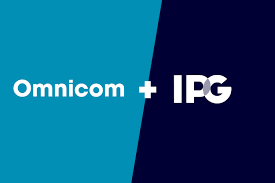 Transaction Highlights
Transaction Highlights
- Highly complementary assets create an unmatched portfolio of services
and products that expands client opportunities for each company on day one
- Omnicom and Interpublic share highly complementary cultures and core values including a foundational belief in the power of ideas enabled by technology and data
- Creates an industry leading identity solution with the most comprehensive understanding of consumer behaviors and transactions, enabling us to deliver superior outcomes for our clients at scale and speed
- Advances our ability to continually innovate and develop new products and services, providing higher ROI on marketing spend
- Significant free cash flow provides greater capacity for internal investments and acquisitions
Leadership & Governance
John Wren will remain Chairman & CEO of Omnicom. Phil Angelastro will remain EVP & CFO of Omnicom. Philippe Krakowsky and Daryl Simm will serve as Co-Presidents and COOs of Omnicom. Krakowsky will also be Co-Chair of the Integration Committee post-merger. Three current members of the Interpublic Board of Directors, including Philippe Krakowsky, will be welcomed to the Omnicom Board of Directors.
Transaction Details and Financial Profile[1]
The transaction is expected to generate $750 million in annual cost synergies and be accretive to adjusted earnings per share for both Omnicom and Interpublic shareholders. Omnicom will have an attractive pro forma financial profile:
- Combined 2023 revenue of $25.6 billion, Adjusted EBITA of $3.9 billion and free cash flow of $3.3 billion
- Combined 2023 revenue of 57% U.S. and 43% International
- Strong balance sheet, commitment to investment grade rating with combined debt to EBITDA ratio of 2.1x before the benefit of synergies[2]
- Omnicom will continue its practice for use of free cash flow: dividends, acquisitions and share repurchases
- Both Omnicom and Interpublic will maintain their current quarterly dividend through the closing of the transaction
The stock-for-stock transaction is expected to be tax-free to both Omnicom and Interpublic shareholders and is expected to close in the second half of 2025, subject to Omnicom and Interpublic shareholder approvals, required regulatory approvals, and other customary conditions.
The combined company will retain the Omnicom name and trade under the OMC ticker symbol on the New York Stock Exchange.
Advisors
PJT Partners is serving as financial advisor to Omnicom. Latham & Watkins LLP is serving as legal advisor to Omnicom. Morgan Stanley is serving as financial advisor to Interpublic. Willkie Farr & Gallagher LLP is serving as legal advisor to Interpublic.
Conference Call
The companies will hold a conference call to discuss the transaction on Monday, December 9, 2024 at 8:30 a.m. Eastern Time. Live and archived webcasts, along with an accompanying investor presentation, will be available in the investor relations section of www.omnicomgroup.com and www.interpublic.com.
About Omnicom
Omnicom (NYSE: OMC) is a leading provider of data-inspired, creative marketing and sales solutions. Omnicom’s iconic agency brands are home to the industry’s most innovative communications specialists who are focused on driving intelligent business outcomes for their clients. The company offers a wide range of services in advertising, strategic media planning and buying, precision marketing, retail and digital commerce, branding, experiential, public relations, healthcare marketing and other specialty marketing services to over 5,000 clients in more than 70 countries. For more information, visit www.omnicomgroup.com.
About IPG
Interpublic (NYSE: IPG) (www.interpublic.com) is a values-based, data-fueled, and creatively-driven provider of marketing solutions. Home to some of the world’s best-known and most innovative communications specialists, IPG global brands include Acxiom, Craft, FCB, FutureBrand, Golin, Initiative, IPG Health, IPG Mediabrands, Jack Morton, KINESSO, MAGNA, McCann, Mediahub, Momentum, MRM, MullenLowe, Octagon, UM, Weber Shandwick and more.
FORWARD-LOOKING STATEMENTS
This communication contains certain “forward-looking statements” within the meaning of federal securities laws. Forward-looking statements may be identified by words such as “anticipates,” “believes,” “could,” “continue,” “estimate,” “expects,” “intends,” “will,” “should,” “may,” “plan,” “predict,” “project,” “would” and similar expressions. Forward-looking statements are not statements of historical fact and reflect Omnicom’s and IPG’s current views about future events. Such forward-looking statements include, without limitation, statements about the benefits of the proposed transaction involving Omnicom and IPG, including future financial and operating results, Omnicom’s and IPG’s plans, objectives, expectations and intentions, the expected timing and likelihood of completion of the proposed transaction, and other statements that are not historical facts, including the combined company’s ability to create an advanced marketing and sales platform, the combined company’s ability to accelerate innovation and enhance efficiency through the transaction, and the combined company’s plan on future stockholder returns. No assurances can be given that the forward-looking statements contained in this communication will occur as projected, and actual results may differ materially from those projected. Forward-looking statements are based on current expectations, estimates and assumptions that involve a number of risks and uncertainties that could cause actual results to differ materially from those projected. These risks and uncertainties include, without limitation, the ability to obtain the requisite Omnicom and IPG stockholder approvals; the risk that Omnicom or IPG may be unable to obtain governmental and regulatory approvals required for the proposed transaction (and the risk that such approvals may result in the imposition of conditions that could adversely affect the combined company or the expected benefits of the proposed transaction); the risk that an event, change or other circumstance could give rise to the termination of the proposed transaction; the risk that a condition to closing of the proposed transaction may not be satisfied; the risk of delays in completing the proposed transaction; the risk that the businesses will not be integrated successfully or that the integration will be more costly or difficult than expected; the risk that the cost savings and any other synergies from the proposed transaction may not be fully realized or may take longer to realize than expected; the risk that any announcement relating to the proposed transaction could have adverse effects on the market price of Omnicom’s or IPG’s common stock; the risk of litigation related to the proposed transaction; the risk that the credit ratings of the combined company or its subsidiaries may be different from what the companies expect; the diversion of management time from ongoing business operations and opportunities as a result of the proposed transaction; the risk of adverse reactions or changes to business or employee relationships, including those resulting from the announcement or completion of the proposed transaction; adverse economic conditions; losses on media purchases and production costs; reductions in spending from Omnicom or IPG clients, a slowdown in payments by such clients, or a deterioration or disruption in the credit markets; risks related to each company’s ability to attract new clients and retain existing clients; changes in client advertising, marketing, and corporate communications requirements; failure to manage potential conflicts of interest between or among clients of each company; unanticipated changes related to competitive factors in the advertising, marketing, and corporate communications industries; unanticipated changes to, or any inability to hire and retain key personnel at either company; currency exchange rate fluctuations; reliance on information technology systems and risks related to cybersecurity incidents; risks and challenges presented by utilizing artificial intelligence technologies and related partnerships; changes in legislation or governmental regulations; risks associated with assumptions made in connection with critical accounting estimates and legal proceedings; risks related to international operations; risks related to environmental, social, and governance goals and initiatives; and other risks inherent in Omnicom’s and IPG’s businesses.
All such factors are difficult to predict, are beyond Omnicom’s and IPG’s control, and are subject to additional risks and uncertainties, including those detailed in Omnicom’s annual report on Form 10-K for the year ended December 31, 2023, quarterly reports on Form 10-Q, and current reports on Form 8-K that are available on its website at https://investor.omnicomgroup.com/financials/sec-filings/default.aspx and on the SEC’s website at http://www.sec.gov, and those detailed in IPG’s annual report on Form 10-K for the year ended December 31, 2023, quarterly reports on Form 10-Q and current reports on Form 8-K that are available on IPG’s website at https://investors.interpublic.com/sec-filings/financial-reports and on the SEC’s website at http://www.sec.gov.
Forward-looking statements are based on the estimates and opinions of management at the time the statements are made. Neither Omnicom nor IPG undertakes any obligation to publicly update any forward-looking statement, whether as a result of new information, future events or otherwise, except as required by law. Readers are cautioned not to place undue reliance on these forward-looking statements that speak only as of the date hereof.
NO OFFER OR SOLICITATION
This communication is not intended to be, and shall not constitute, an offer to buy or sell or the solicitation of an offer to buy or sell any securities, or a solicitation of any vote or approval, nor shall there be any sale of securities in any jurisdiction in which such offer, solicitation or sale would be unlawful prior to registration or qualification under the securities laws of any such jurisdiction. No offering of securities shall be made, except by means of a prospectus meeting the requirements of Section 10 of the U.S. Securities Act of 1933, as amended.
IMPORTANT ADDITIONAL INFORMATION WILL BE FILED WITH THE SEC
In connection with the proposed transaction, Omnicom and IPG intend to file a joint proxy statement with the SEC and Omnicom intends to file with the SEC a registration statement on Form S-4 that will include the joint proxy statement of Omnicom and IPG and that will also constitute a prospectus of Omnicom. Each of Omnicom and IPG may also file other relevant documents with the SEC regarding the proposed transaction. This document is not a substitute for the joint proxy statement/prospectus or registration statement or any other document that Omnicom or IPG may file with the SEC. The definitive joint proxy statement/prospectus (if and when available) will be mailed to stockholders of Omnicom and IPG. INVESTORS AND SECURITY HOLDERS ARE URGED TO READ THE REGISTRATION STATEMENT, JOINT PROXY STATEMENT/PROSPECTUS AND ANY OTHER RELEVANT DOCUMENTS THAT MAY BE FILED WITH THE SEC, AS WELL AS ANY AMENDMENTS OR SUPPLEMENTS TO THOSE DOCUMENTS, CAREFULLY AND IN THEIR ENTIRETY IF AND WHEN THEY BECOME AVAILABLE BECAUSE THEY CONTAIN OR WILL CONTAIN IMPORTANT INFORMATION ABOUT OMNICOM, IPG AND THE PROPOSED TRANSACTION.
Investors and security holders will be able to obtain free copies of the registration statement and joint proxy statement/prospectus (if and when available) and other documents containing important information about Omnicom, IPG and the proposed transaction, once such documents are filed with the SEC through the website maintained by the SEC at http://www.sec.gov. Copies of the registration statement and joint proxy statement/prospectus (if and when available) and other documents filed with the SEC by Omnicom may be obtained free of charge on Omnicom’s website at https://investor.omnicomgroup.com/financials/sec-filings/default.aspx or, alternatively, by directing a request by mail to Omnicom’s Corporate Secretary at Omnicom Group Inc., 280 Park Avenue, New York, New York 10017. Copies of the registration statement and joint proxy statement/prospectus (if and when available) and other documents filed with the SEC by IPG may be obtained free of charge on IPG’s website at https://investors.interpublic.com/sec-filings/financial-reports or, alternatively, by directing a request by mail to IPG’s Corporate Secretary at The Interpublic Group of Companies, Inc., 909 Third Avenue, New York, NY 10022, Attention: SVP & Secretary.
PARTICIPANTS IN THE SOLICITATION
Omnicom, IPG and certain of their respective directors and executive officers may be deemed to be participants in the solicitation of proxies in respect of the proposed transaction. Information about the directors and executive officers of Omnicom, including a description of their direct or indirect interests, by security holdings or otherwise, is set forth in Omnicom’s annual report on Form 10-K for the year ended December 31, 2023, including under the heading “Information About Our Executive Officers,” and proxy statement for Omnicom’s 2024 Annual Meeting of Stockholders, which was filed with the SEC on March 28, 2024, including under the headings “Executive Compensation,” “Omnicom Board of Directors,” “Directors’ Compensation for Fiscal Year 2023” and “Stock Ownership Information.” To the extent holdings of Omnicom common stock by the directors and executive officers of Omnicom have changed from the amounts reflected therein, such changes have been or will be reflected on Initial Statements of Beneficial Ownership of Securities on Form 3 (“Form 3”), Statements of Changes in Beneficial Ownership on Form 4 (“Form 4”) or Annual Statements of Changes in Beneficial Ownership of Securities on Form 5 (“Form 5”), subsequently filed by Omnicom’s directors and executive officers with the SEC. Information about the directors and executive officers of IPG, including a description of their direct or indirect interests, by security holdings or otherwise, is set forth in IPG’s annual report on Form 10-K for the year ended December 31, 2023, including under the heading “Executive Officers of the Registrant,” and proxy statement for IPG’s 2024 Annual Meeting of Stockholders, which was filed with the SEC on April 12, 2024, including under the headings “Board Composition,” “Non-Management Director Compensation,” “Executive Compensation” and “Outstanding Shares and Ownership of Common Stock.” To the extent holdings of IPG common stock by the directors and executive officers of IPG have changed from the amounts reflected therein, such changes have been or will be reflected on Forms 3, Forms 4 or Forms 5, subsequently filed by IPG’s directors and executive officers with the SEC. Other information regarding the participants in the proxy solicitations and a description of their direct and indirect interests, by security holdings or otherwise, will be contained in the registration statement and joint proxy statement/prospectus and other relevant materials to be filed with the SEC regarding the proposed transaction when such materials become available. Investors and security holders should read the registration statement and joint proxy statement/prospectus carefully when it becomes available before making any voting or investment decisions. You may obtain free copies of any of the documents referenced herein from Omnicom or IPG using the sources indicated above.


 Businessuite Markets1 week ago
Businessuite Markets1 week ago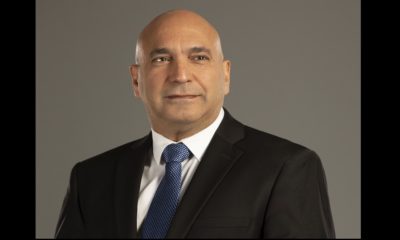
 Businessuite News242 weeks ago
Businessuite News242 weeks ago
 Businessuite Markets2 weeks ago
Businessuite Markets2 weeks ago
 Leadership Conversations4 days ago
Leadership Conversations4 days ago
 Logistics & Transportation2 weeks ago
Logistics & Transportation2 weeks ago
 Businessuite Markets2 weeks ago
Businessuite Markets2 weeks ago
 Businessuite Markets2 weeks ago
Businessuite Markets2 weeks ago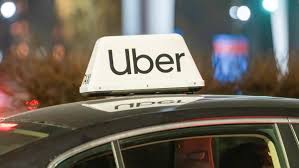
 Businessuite News24 International3 weeks ago
Businessuite News24 International3 weeks ago



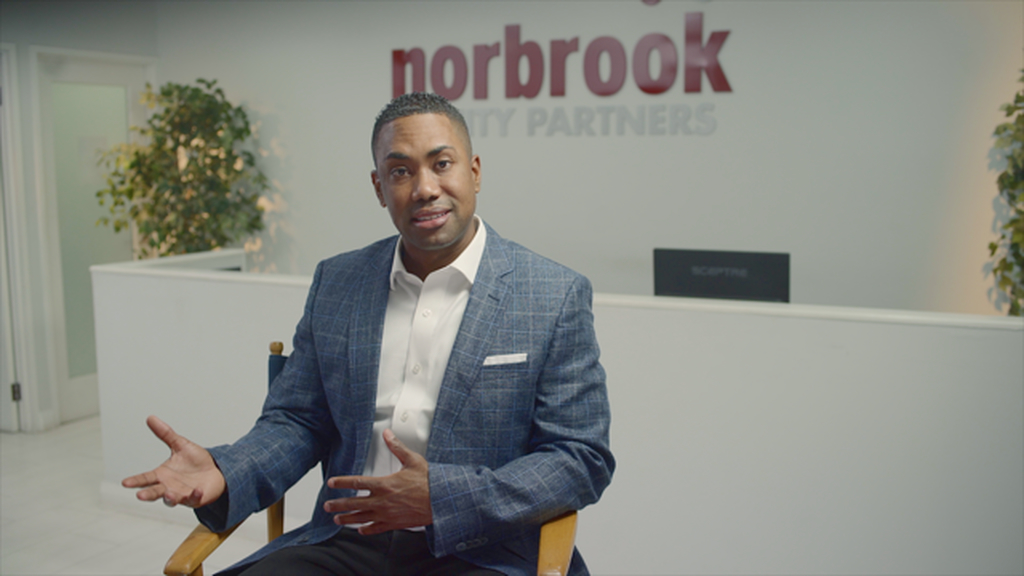
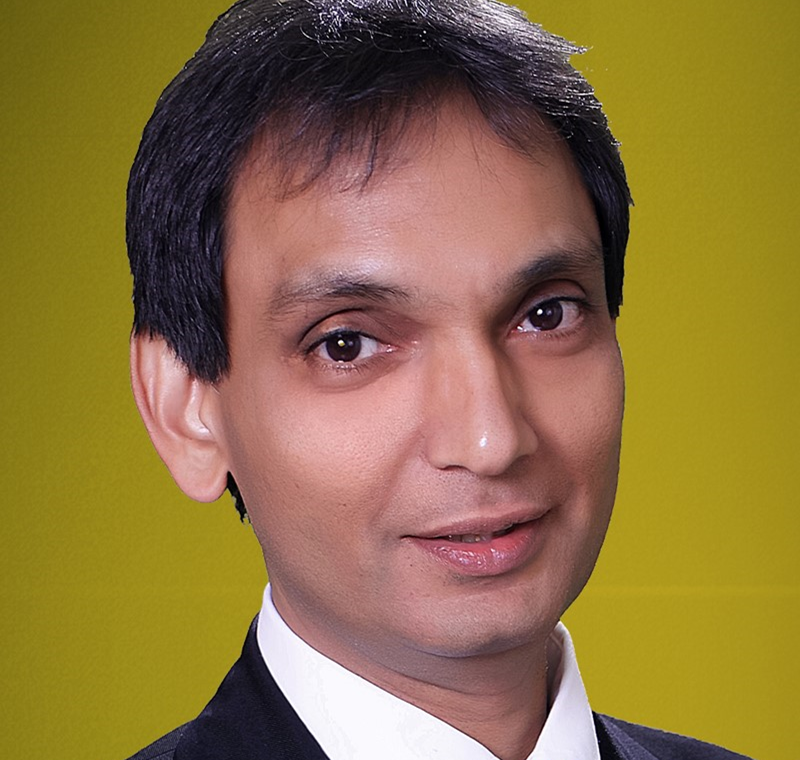
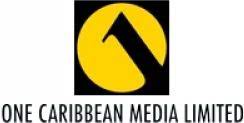 The OCM Group for the year ended December 2024 reported Revenues of TT$301M / US$44.3M (2023: TT$318M / US$46.8M) and a NPBT and impairment of TT$17.1M / US$$2.5M (2023: TT$37.2M / US$5.5M).
The OCM Group for the year ended December 2024 reported Revenues of TT$301M / US$44.3M (2023: TT$318M / US$46.8M) and a NPBT and impairment of TT$17.1M / US$$2.5M (2023: TT$37.2M / US$5.5M).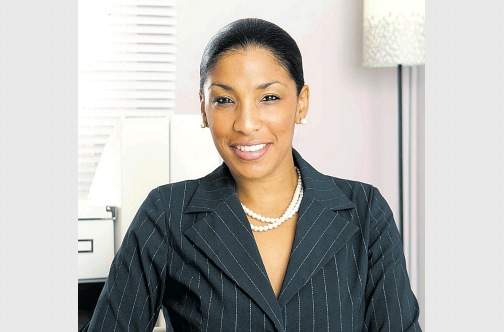
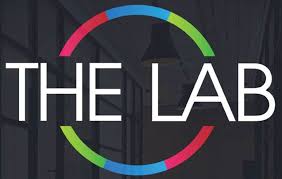 Limners and Bards Limited (The LAB) headed by Kimala Bennett Chief Executive Officer, has unveiled its unaudited financial statements for the first quarter ending January 31, 2025, showcasing a nuanced performance as the company navigates a strategic pivot towards content creation. This move aims to capitalize on the burgeoning global appetite for diverse, high-quality content.
Limners and Bards Limited (The LAB) headed by Kimala Bennett Chief Executive Officer, has unveiled its unaudited financial statements for the first quarter ending January 31, 2025, showcasing a nuanced performance as the company navigates a strategic pivot towards content creation. This move aims to capitalize on the burgeoning global appetite for diverse, high-quality content.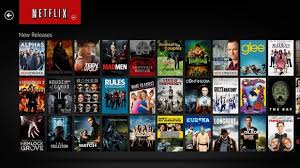 The LAB is strategically positioning itself to harness the escalating global demand for diverse and high-quality content. With major streaming platforms, including Netflix, projected to invest $18 billion in content in 2025—an 11% increase from 2024—the appetite for fresh storytelling is evident.
The LAB is strategically positioning itself to harness the escalating global demand for diverse and high-quality content. With major streaming platforms, including Netflix, projected to invest $18 billion in content in 2025—an 11% increase from 2024—the appetite for fresh storytelling is evident.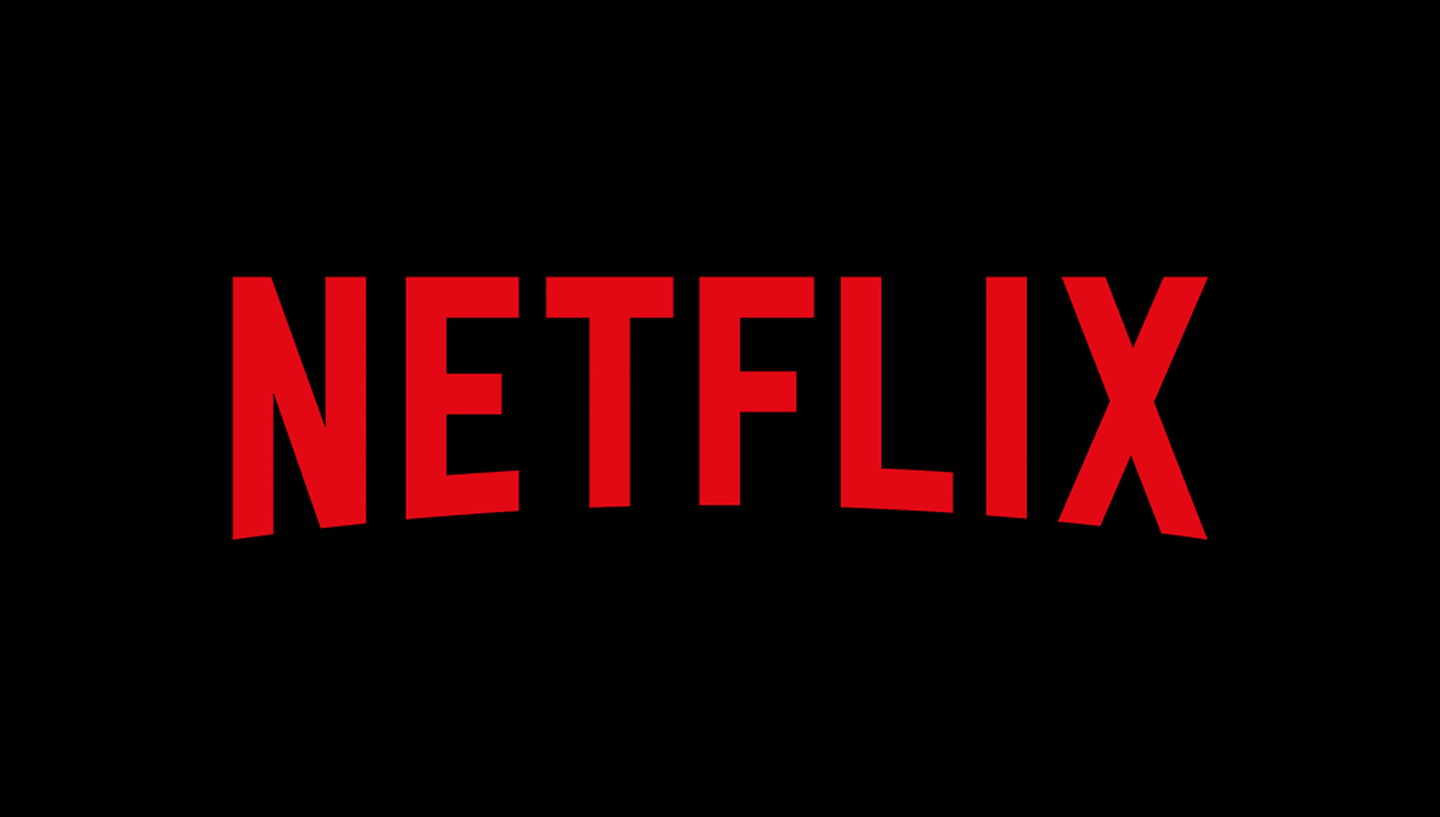

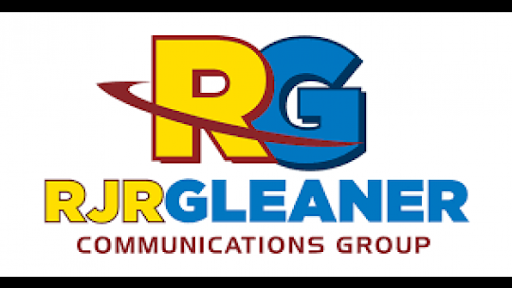 The Group recorded a pre-tax loss of $1 18 million and an after-tax loss of $103 million for the quarter, compared to a pre-tax loss of $79 million and an after-tax loss of $65 million for the prior year period. This profit performance represents an improvement over the quarter to June 2024 where the pre- and post-tax losses were $183 million and $167 million, respectively. This loss reduction is directly attributable to the Implementation of cost management strategies and efforts to ensure that advertising revenues were maximized from programmes aired during the period.
The Group recorded a pre-tax loss of $1 18 million and an after-tax loss of $103 million for the quarter, compared to a pre-tax loss of $79 million and an after-tax loss of $65 million for the prior year period. This profit performance represents an improvement over the quarter to June 2024 where the pre- and post-tax losses were $183 million and $167 million, respectively. This loss reduction is directly attributable to the Implementation of cost management strategies and efforts to ensure that advertising revenues were maximized from programmes aired during the period.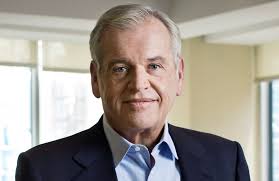
 Transaction Highlights
Transaction Highlights


